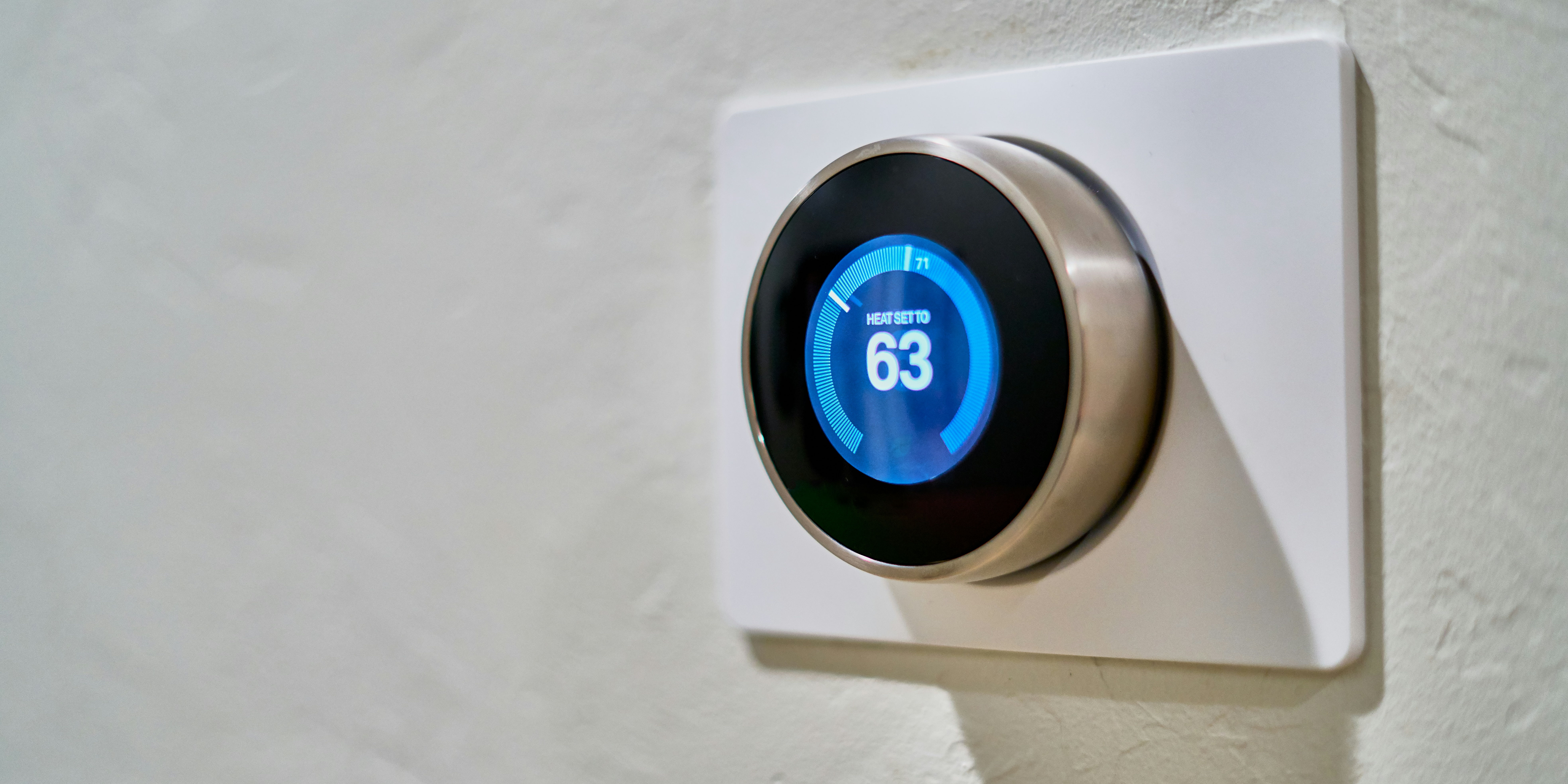Making homes breathe better improves climate and human health
Posted on Friday 8 November 2024

Retrofitting old buildings, and especially homes, can increase energy efficiency, which is critical to reducing greenhouse gas emissions. Go-to methods tend to tighten up the airflow in a building or home, as owners replace windows to manage heat loss or energy used for cooling. The result is unsatisfactory air quality indoors—but it doesn’t have to be the case.
Retrofits can start with effective ventilation, which can contribute not only to energy efficiency, but also to overall human health and wellbeing – something the City of York and other municipalities aim to foster through “one-stop shops” that let homeowners lead the process. In my work with SEI York, I and other researchers are helping guide the process, through Retrofit One-Stop-Shop York (ROSSY).
Fundamental but overlooked
Optimized ventilation is essential for good indoor air quality, directly affecting building inhabitants' health and well-being. Without adequate ventilation, pollutants such as dust, allergens, and moisture build, posing health dangers such as respiratory problems and allergies. Poorly ventilated areas are also prone to mould growth, harming structures over time and reducing property value.
Ventilation during retrofitting is often not prioritized. In the UK, many homes were built before contemporary energy regulations existed. Before the 1970s, construction frequently relied on drafts and gaps around doors and windows for ventilation. Now, as energy efficiency requirements have increased, double-glazing and better insulation have become the norm – and dwellings have become
more airtight.
Without effective ventilation, the changes intended to make homes more energy-efficient can backfire, resulting in unpleasant living areas that trade human health for energy savings. Effective modern retrofitting must, therefore, assess properties to find the balance between airtightness and ventilation to avoid the problems of increased moisture, contaminants and static air.
Retrofitting with old and new ventilation technology
When updating existing buildings, ventilation methods differ depending on location, construction and energy efficiency goals. Natural ventilation, which uses outdoor air to cool and refresh indoor rooms,
can be a helpful method for some properties.
Mechanical ventilation systems are well-suited for metropolitan areas with high pollution levels or noise issues. They can also save energy by recovering heat from stale air as it leaves, using that heat to warm the incoming fresh air.
Advances in ventilation technology also include systems that automatically adapt, letting in fresh air when needed while consuming minimal energy. “Smart” ventilation systems, for example, may detect when a room is occupied or when indoor air quality falls below a certain level, then circulate air only when needed. These improvements increase energy efficiency, save operational costs, and improve
comfort by eliminating under- or over-ventilation.
Retrofit One-Stop Shops
I think that the choices we make as homeowners and tenants are at the centre of keeping a balance between safe, clean, comfortable indoor air and energy efficiency. While automated systems seem to remove humans from the equation, human preferences must remain the focus when making these choices. Today’s retrofitting initiatives in cities around the world are meant to foster net-zero
greenhouse gas emissions that users accept and value – and find comfortable and sustainable.
In the UK, through ROSSY, partners such as retrofit company Wrapt Homes, the City of York Council, and the University of York, through work by researchers like myself at SEI York Centre, work to keep ventilation in focus in retrofitting for net-zero emissions in homes. ROSSY’s public facing platform YorEnergy is one way we can assist homeowners in understanding and incorporating optimal ventilation principles into retrofit projects.
YorEnergy offers a streamlined approach, guiding homeowners from initial assessment to project completion with ventilation as a foundational element. Personalized support lets homeowners plan how to optimize air quality and conserve consumer energy across a whole property.
This approach supports and empowers residents to make informed choices, ensuring that retrofits achieve both comfort and efficiency, addressing insulation, heating, and airflow in a balanced, comprehensive manner. They also see lower energy costs as efficient ventilation systems decrease the demand for heating and cooling. Another benefit could be higher property values, for homes with
good indoor air quality and energy efficiency appeal more to purchasers and tenants.
By including ventilation as part of the net-zero journey, homeowners can construct energy-efficient rooms that are valued and sustainable through a holistic process. Building styles vary worldwide according to climate, interior comfort, and people’s preferences. Good air quality should be available to everyone, no matter where they live—and that means keeping ventilation in focus.
AUTHOR: Luke Gooding

Luke Gooding is a research associate with SEI at the University of York Centre, working on many projects, including the Retrofit One Stop Shop (ROSSY) project on retrofitting for net zero in Yorkshire.
